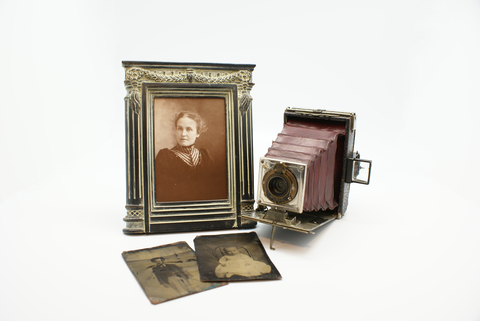
Photographs are often used in lectures but little has been written about how they are used. Some teaching staff make a point of always including some kind of image in their visual materials (relevant or not) where others avoid unless absolutely necessary!
It makes sense, in a way, that the addition of imagery can be an integral part of the lecture’s message (e.g. photographs of cells or art history pictures). But critics of some slideware (e.g. Powerpoint) argue that imagery can be mere decoration or used to satisfy ‘visual learners’ without being even relevant.
This study looked at a little researched area – how photographs are actually used in lecture situations. It used semiotics (i.e. meaning-making) as an approach to the work. Results showed that photographs are used as:
- Unprobed representations – where they support the lecture content but are not explicitly referenced by the lecturer. This occurred in 67% of cases
- Articulated representations – where an explicit reference was made to the photograph and may include an interpretation of its meaning. This occurred in 23% of cases.
- Interrogated representation – where students were asked to engage with the photograph and identify themselves what it represented. This occurred in 10% of cases.
Although none of these categories could be considered bad, the potential for photographs (and other images) to be used in a more pedagogically robust manner is great. The authors suggest that the semiotic (or meaning-making) potential of using photographs is underused, especially as a means of inquiry for students and as a method for them to build their own meaning around an image based on their knowledge, background, culture and so on.
A model to use this technique has been proposed for teaching staff to adopt with associated questions to prompt thinking.
Q: Have a look at the model, and the questions. Can you incorporate them into your teaching? Will they fit?
Technology offers us wonderful opportunities for student engagement but let us not forget some of the more ‘old school’ strategies that also offer great engagement potential depending on how we use them.
Full article can be found:
│ Higher Education Research & Development (2017).
By Hallewell M.J. & Lackovic N.
Synopsis by Cassandra Hood
Lecturer in Higher Education – CILT

